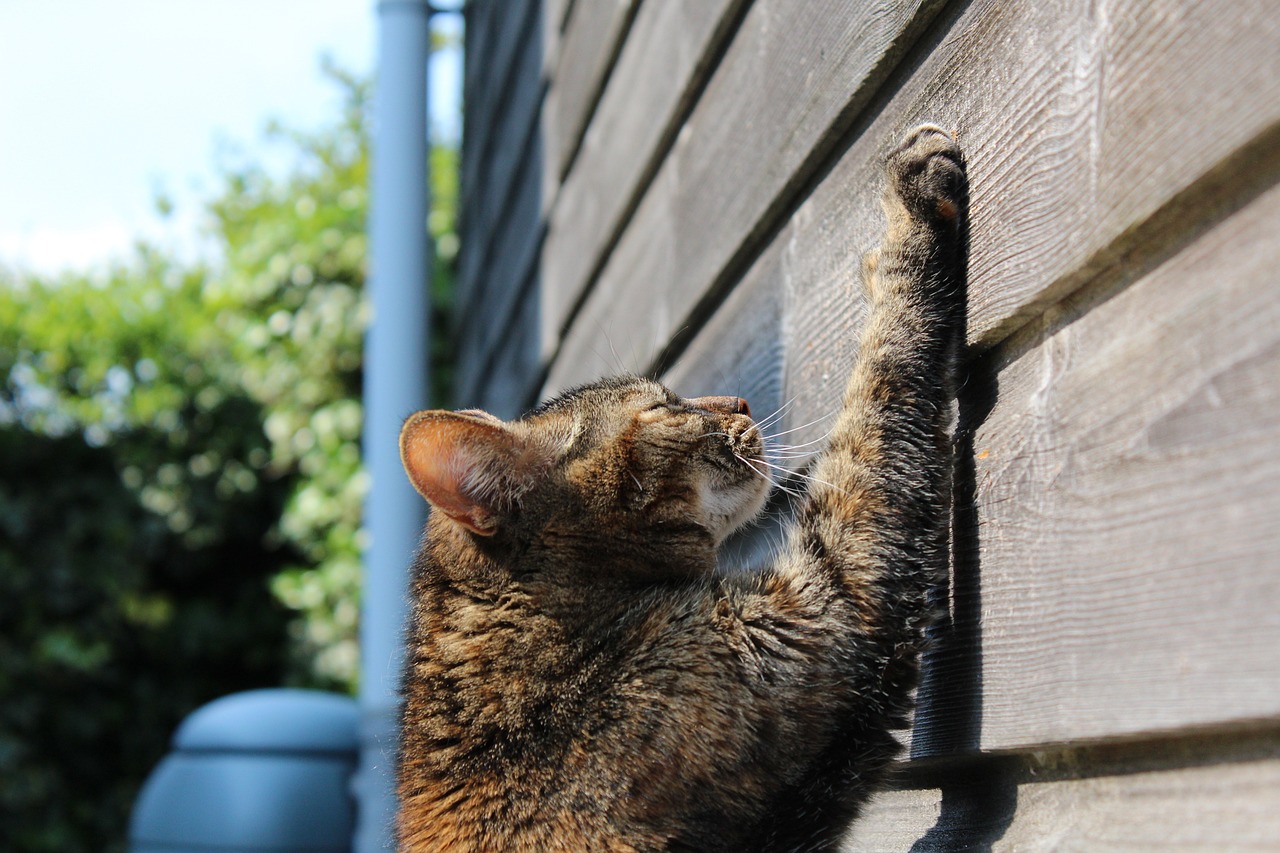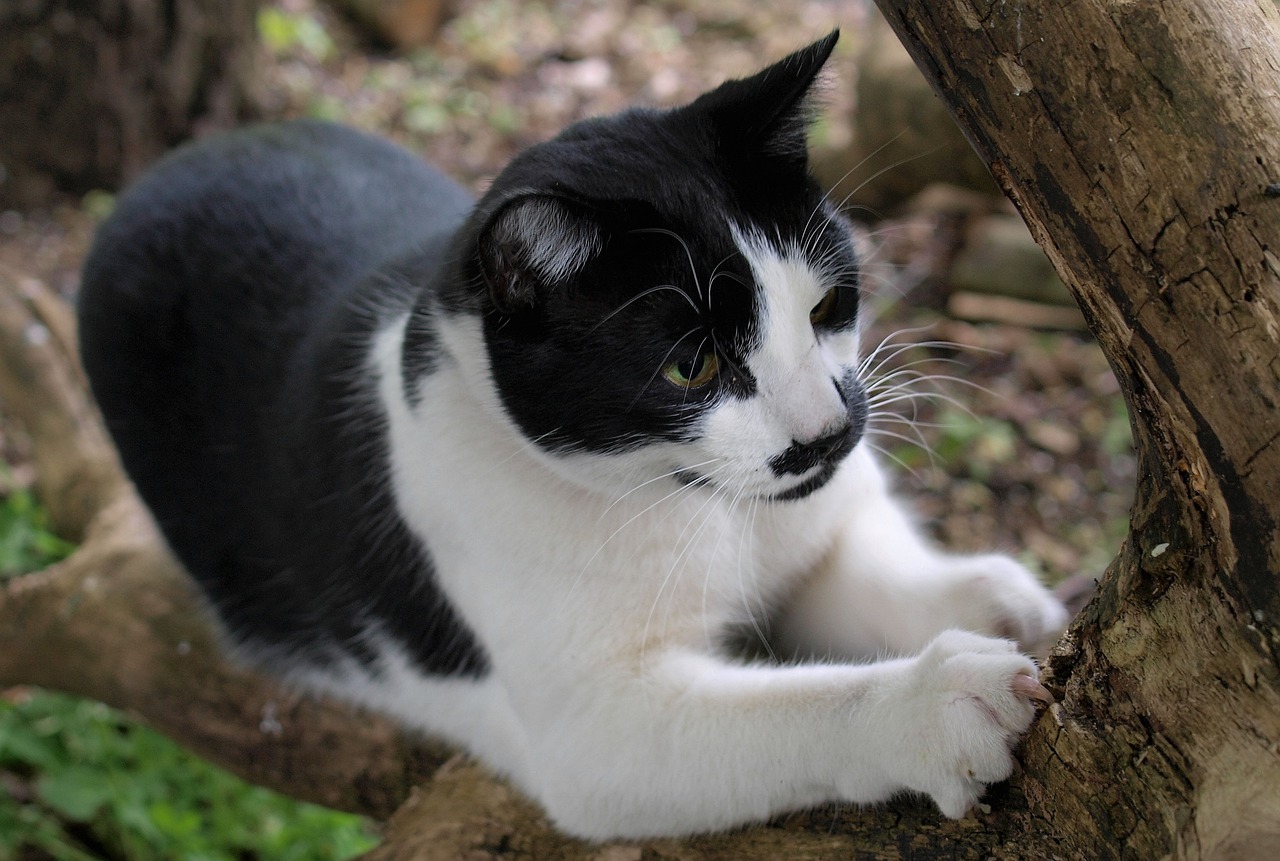Cats and their scratching habits have long fascinated and sometimes frustrated their human companions. This ubiquitous behaviour, characterized by cats dragging their claws across various surfaces, is not merely a whimsical activity or a deliberate attempt to ruin furniture. Instead, it is a complex behaviour deeply ingrained in their nature, serving multiple vital functions for their physical and psychological well-being. Scratching is a multifaceted behaviour that encompasses territory marking, claw maintenance, stretching exercises, and stress relief. Understanding why cats are so inclined to scratch can help cat owners provide better care and create a more harmonious living environment that respects the instincts of their feline friends. This article explores the reasons behind cats’ love for scratching, shedding light on the importance of this behaviour in their daily lives and offering insights into how to manage it effectively.

Territory Marking
Scratching serves as a crucial method for cats to mark their territory. When a cat scratches a surface, it leaves behind both a visible mark and a scent from the glands located in their paws. This dual signal acts as a communication tool, conveying to other cats the presence of the territory holder. Territory marking is a fundamental aspect of feline behaviour, rooted in their need for a secure environment where they can feel safe and in control. In the wild, these markings signal to other cats about the territorial boundaries, helping to avoid conflicts and ensure a peaceful coexistence. In a domestic setting, cats continue this behaviour to establish their domain within the home, even if there are no other cats present. This need to mark territory can be particularly pronounced in multi-cat households, where scratching allows for peaceful cohabitation by clearly defining each cat’s space. Understanding this aspect of scratching can help owners provide appropriate outlets for their cats to express this natural behaviour, such as scratching posts and pads, strategically placed in various areas of the home.
Claw Maintenance
Scratching is also an essential part of a cat’s routine for maintaining the health and sharpness of their claws. The action helps remove the outer nail sheath, revealing the sharp, new claws underneath. This natural grooming behaviour is critical for keeping their claws in good condition, allowing them to defend themselves, hunt, climb, and grip various surfaces effectively. Without regular scratching, a cat’s claws can become overly long, potentially curling back into their paw pads and causing pain or infection. Providing cats with suitable scratching surfaces not only satisfies their instinctual need to scratch but also promotes their physical health by ensuring their claws remain in optimal condition. Encouraging the use of scratching posts or boards can help divert attention away from undesirable targets, like furniture while fulfilling this essential maintenance need.
Stretching and Exercise
Scratching provides cats with a valuable opportunity for stretching and exercising their muscles. The act of reaching up and pulling down on a vertical surface allows cats to stretch their bodies, from the tips of their claws down through their back and shoulder muscles. This stretching is vital for their flexibility and overall physical health, helping to prevent muscle stiffness and maintaining their agility. The resistance offered by a scratching post or other scratching surfaces also serves as a form of physical exercise, strengthening their paw, leg, and back muscles. This aspect of scratching highlights the importance of providing varied scratching opportunities, including both vertical and horizontal surfaces, to cater to this need for physical activity and stretching.
Stress Relief and Pleasure
Scratching is a natural stress reliever for cats. It allows them to express emotions, such as excitement, anxiety, or frustration, physically. The act of scratching can be soothing and provide a sense of comfort and security. Additionally, the tactile sensation of digging their claws into a surface is inherently pleasurable for cats, often seen in the contented expression and purring that accompany this activity. Providing ample scratching opportunities can help reduce stress and prevent behavioural issues by giving cats a constructive outlet for their emotions and energy. Understanding this emotional component of scratching can guide owners in creating a nurturing environment that meets their cat’s psychological needs.
Cats scratch for various reasons, including territory marking, claw maintenance, stretching and exercise, and stress relief and pleasure. This behaviour is a fundamental part of their nature, serving essential physical, psychological, and territorial functions. Recognizing the importance of scratching in a cat’s life allows owners to create a supportive environment that accommodates this need, reducing unwanted scratching and promoting a happy, healthy cat. Providing suitable scratching surfaces and understanding the underlying reasons for scratching can enhance the bond between cats and their owners, fostering mutual respect and understanding.

